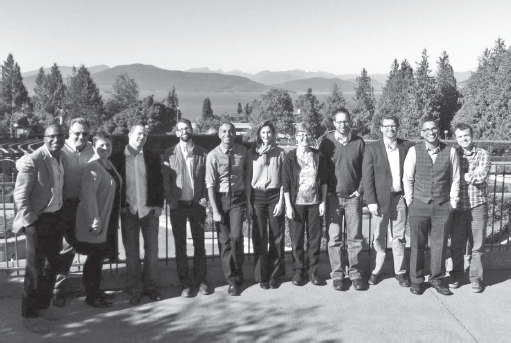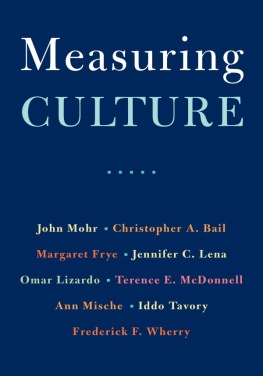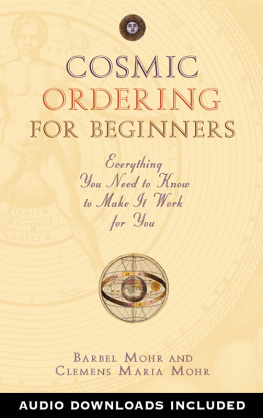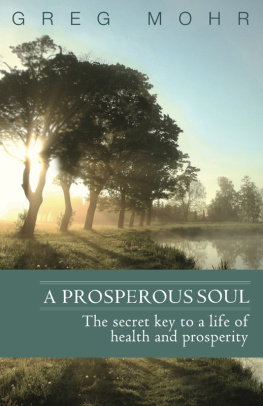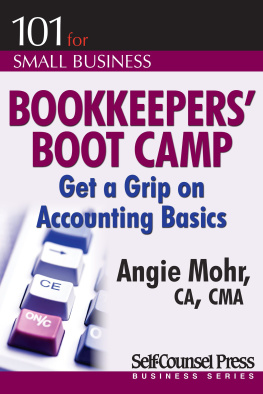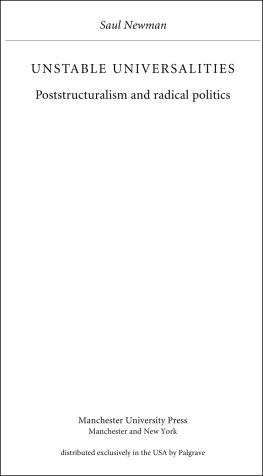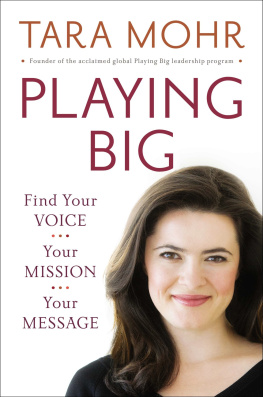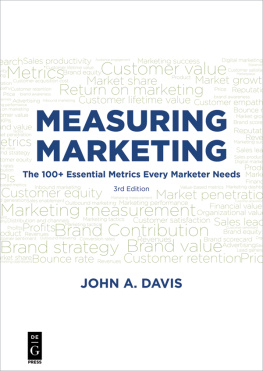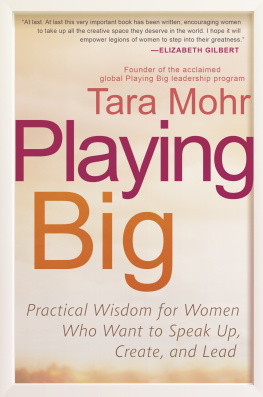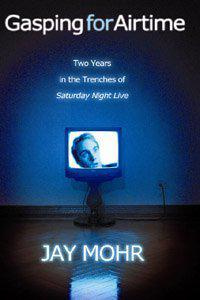Table of Contents
MEASURING CULTURE
MEASURING CULTURE
JOHN W. MOHR
CHRISTOPHER A. BAIL
MARGARET FRYE
JENNIFER C. LENA
OMAR LIZARDO
TERENCE E. MCDONNELL
ANN MISCHE
IDDO TAVORY
FREDERICK F. WHERRY
Columbia University Press New York
Columbia University Press
Publishers Since 1893
New York Chichester, West Sussex
cup.columbia.edu
Copyright 2020 John W. Mohr, Christopher A. Bail, Margaret Frye, Jennifer C. Lena, Omar Lizardo, Terence E. McDonnell, Ann Mische, Iddo Tavory, and Frederick F. Wherry
All rights reserved
E-ISBN 978-0-231-54258-6
Library of Congress Cataloging-in-Publication Data
Names: Mohr, John, author.
Title: Measuring culture / John W. Mohr [and eight others].
Description: New York: Columbia University Press, 2020. | Includes bibliographical references and index.
Identifiers: LCCN 2019052336 (print) | LCCN 2019052337 (ebook) | ISBN 9780231180283 (hardback) | ISBN 9780231180290 (trade paperback) | ISBN 9780231542586 (ebook)
Subjects: LCSH: Culture. | CultureResearchMethodology.
Classification: LCC HM623 .M64 2020 (print) | LCC HM623 (ebook) | DDC 306dc23
LC record available at https://lccn.loc.gov/2019052336
LC ebook record available at https://lccn.loc.gov/2019052337
A Columbia University Press E-book.
CUP would be pleased to hear about your reading experience with this e-book at .
CONTENTS
B ETWEEN his stately brown sport coat and cultlike following within cultural sociology, many people might have found John Mohr intimidating. But he quickly disarmed you with a kind of patient grace that made you feel as though you were the center of the sociological universe. For young scholarsas we all were when we started this intellectual adventureJohn was our consummate ambassador to cultural sociology. Although we might have known him as a pioneer in the quantitative study of culture and social networks, we quickly learned of his keen appreciation for every other instrument within the cultural sociologists toolkit. His mastery of numbers made it easy to forget that he was equally at home in discussions of Foucault and semiotics, and that he had an undergraduate degree in philosophya fact that would occasionally become apparent when he launched into discussions of Cassirer, Lewin, and Swidler.
Because of his panoramic perspective on the study of culture, within and beyond sociology, John was uniquely positioned to imagine this book. He spent the bulk of his career trying to corral cultural sociologistsa most unruly group of scholars engaged in everything from calculus to hermeneuticsto outline a series of principles and standards for the scientific measurement of culture. This time, we were told, would be different.
Our first meeting, in Vancouver, was as intellectually exciting as it was contentious. Articulating a way to measure culture would be no simple task. Was cultural sociology fundamentally about the measurement of meaning or cultural products? Could all forms of culture be translated into measurable categories? Could (and, indeed, should) cultural concepts be ordered according to levels of analysis? What was the relationship between interpretation and measurement? Hashing out these questions had us on the verge of shouting at each other on numerous occasions. If not for John, this book probably would have died on the sloping banks of the Pacific Northwest seven years ago.
We met again at a second conference at the University of California, Santa Barbara, in 2014, at a third meeting at the University of Notre Dame in 2015, and at a writing retreat at Teachers College, Columbia University, in 2017. Gradually, the experiment began to bear fruit. Based on our meeting at the University of British Columbia, the group created a special issue of Theory and Society edited by Mohr and Ghaziani; three of the participants came together to write a theoretical paper on cultural resonance; and we began to think that it might be possible to write this book.
As the book slowly took form, some members of the original group pulled out of the project. It was a long process, and we were all overextended. Yet, instead of disbanding, the remaining group elected to write this book. We even added a member: Maggie Frye joined after a few participants kept bringing up her work, and everyone felt that her voice would make the book better. Our goal was to write a volume in which a plurality of views could guide the agenda, allowing individual authors to dissent where necessary. This book was hardly an exercise in efficiency, but it does attempt to repair the deep disconnections among cultural sociologists who so rarely engage in conversations about how to measure culture. It is our hope that the hard-fought consensus achieved here will allow a future generation of cultural sociologists to avoid the same unproductive disputes about how to measure culture, or the very possibility of such an endeavor.
The inaugural Measuring Culture Conference, held at the University of British Columbia in 2013 (left to right: Fred Wherry, John Mohr, Jenn Lena, Iddo Tavory, Neil Gross, Amin Ghaziani, Ashley Mears, Ann Mische, Chris Bail, Terry McDonnell, Omar Lizardo, and Steve Vaisey).
We lost John to amyotrophic lateral sclerosis (ALS)far too soonin August 2019. We dedicate this book to him, not only because it truly would not have been possible without his vision, encouragement, and good cheer, but also because he remained engaged in its creation even as his disease began to rob him of his ability to communicate. When he lost his ability to write, we began interviewing himand reading his entire corpusin order to channel him as we wrote the introduction and conclusion to this book. With the help of his friends and students, he read and commented upon these very imperfect impersonations with his characteristic grace and sharp insight. And as he entered the final stages of his disease, we learned to follow his examplenot only his creativity and careful prose, but his ability to bring out the best in people and convince them that the very best science happens in collaboration with others.
This book also might not have been realized without the remarkable support of our editor at Columbia University Press, Eric Schwartz. Although John and Amins original idea was to produce an edited volume, Eric pushed us to do something even bolder: trying to tackle one of cultural sociologys most daunting challenges with a single, unified voice. Although their names do not appear on the cover of this book, the words that follow were deeply enriched by Ghaziani, Ashley Mears, and Steve Vaiseyeach of whom participated in one or more of the groups early conferences but ultimately decided not to join our effort in writing this book.
This book would also not be possible without the support of numerous professional organizations and universities. We are grateful to the American Sociological Association (ASA) for an Improvement of the Discipline grant that enabled John and Amin to arrange our first conference. We are also grateful to the University of British Columbia, the University of California, Santa Barbara, the University of Notre Dame, and Teachers College for hosting conferences where this book was conceived and developed. At Notre Dame, we are particularly grateful for support from the Department of Sociology, the Department of Anthropology, the Institute for Scholarship in the Liberal Arts, the Kellogg Institute for International Studies, the Center for the Study of Religion and Society, the John J. Reilly Center for Science, Technology, and Values, and the History and Philosophy of Science graduate program.


